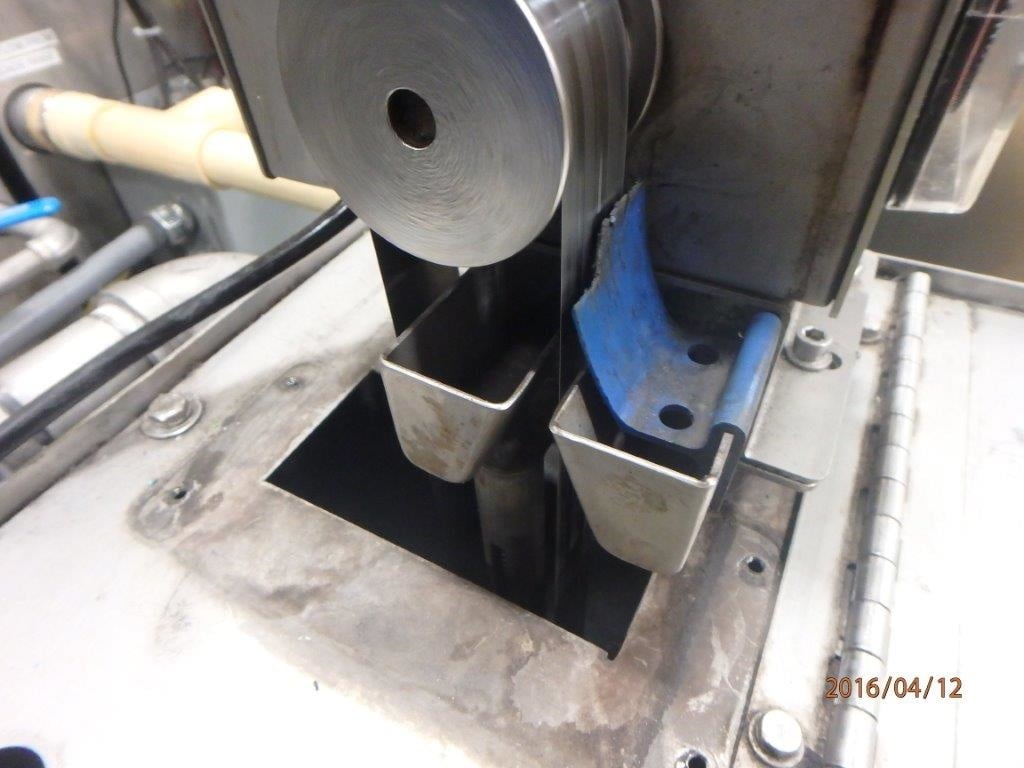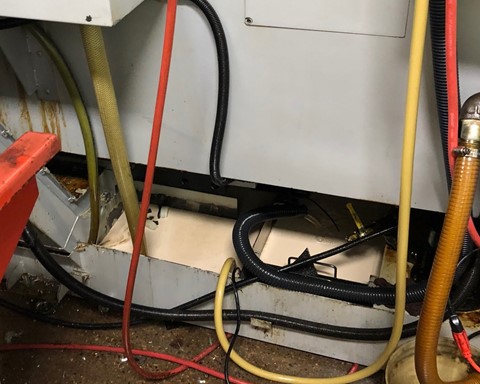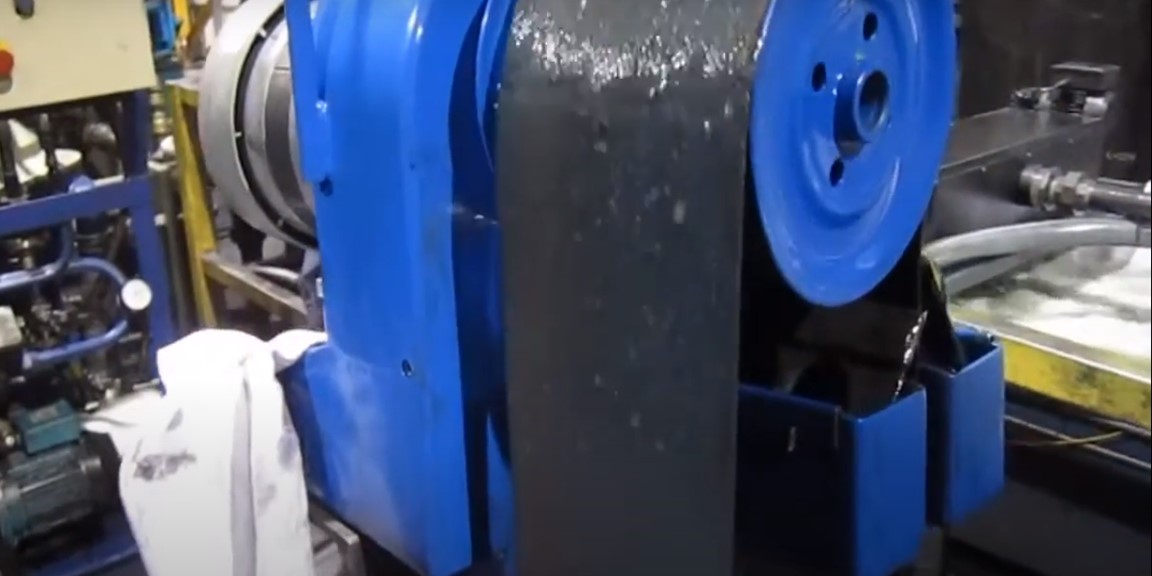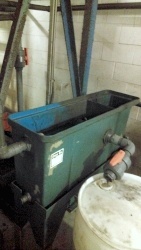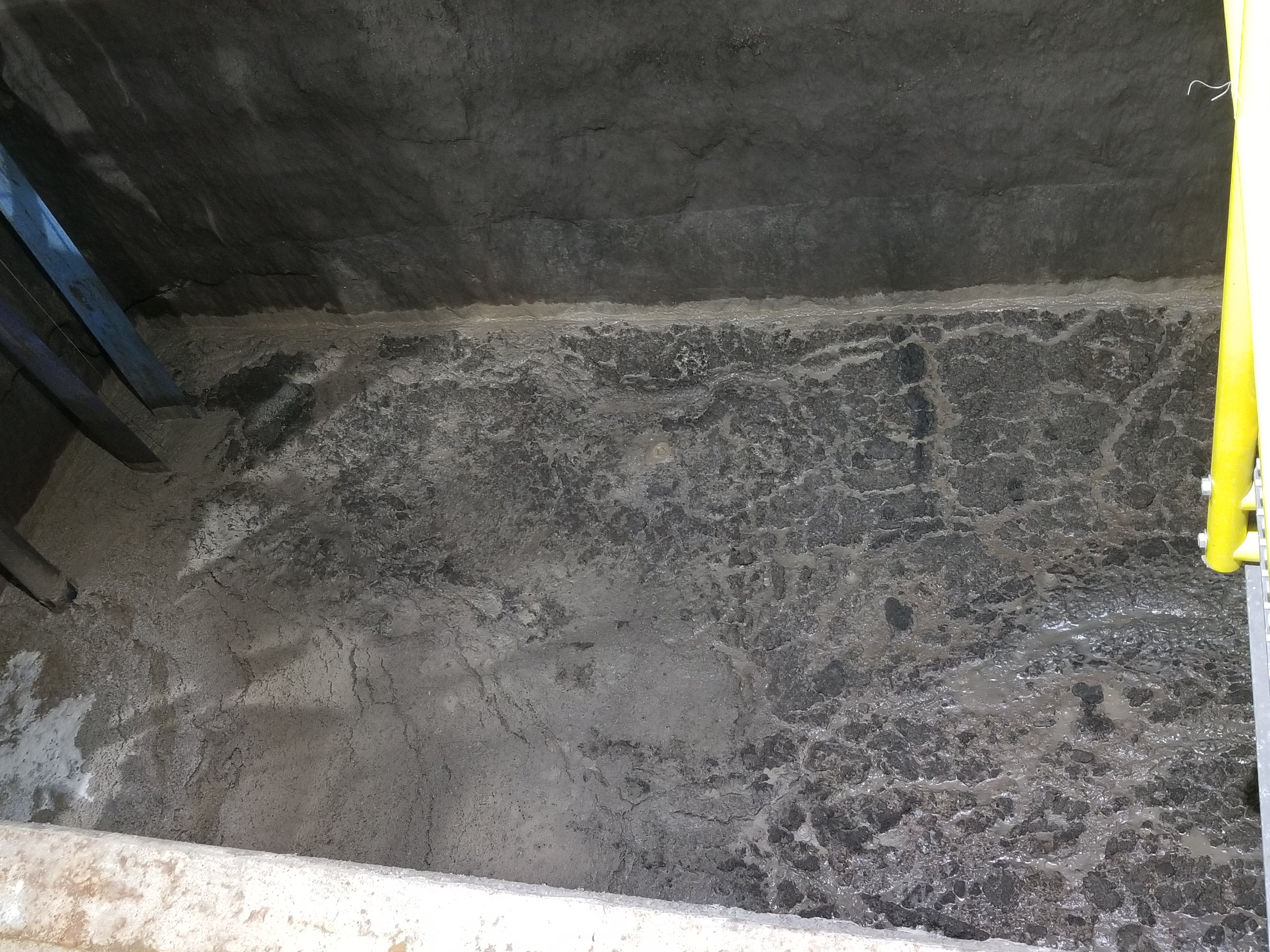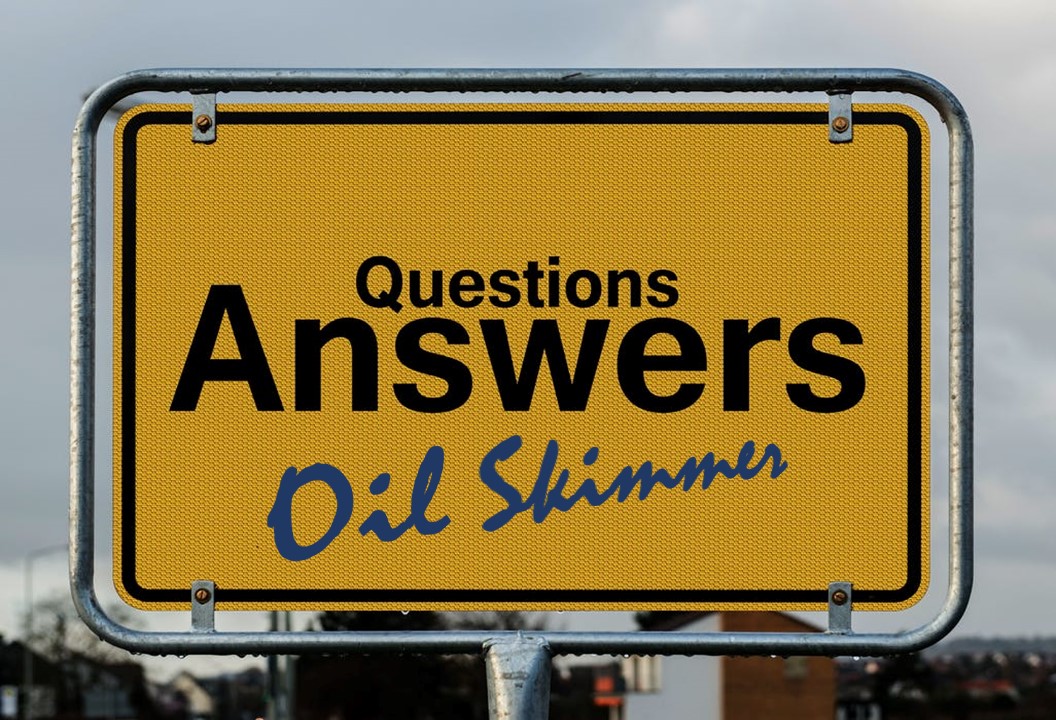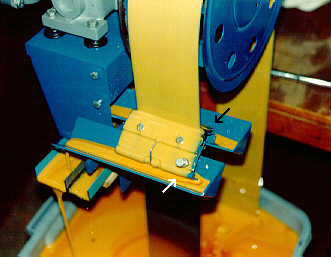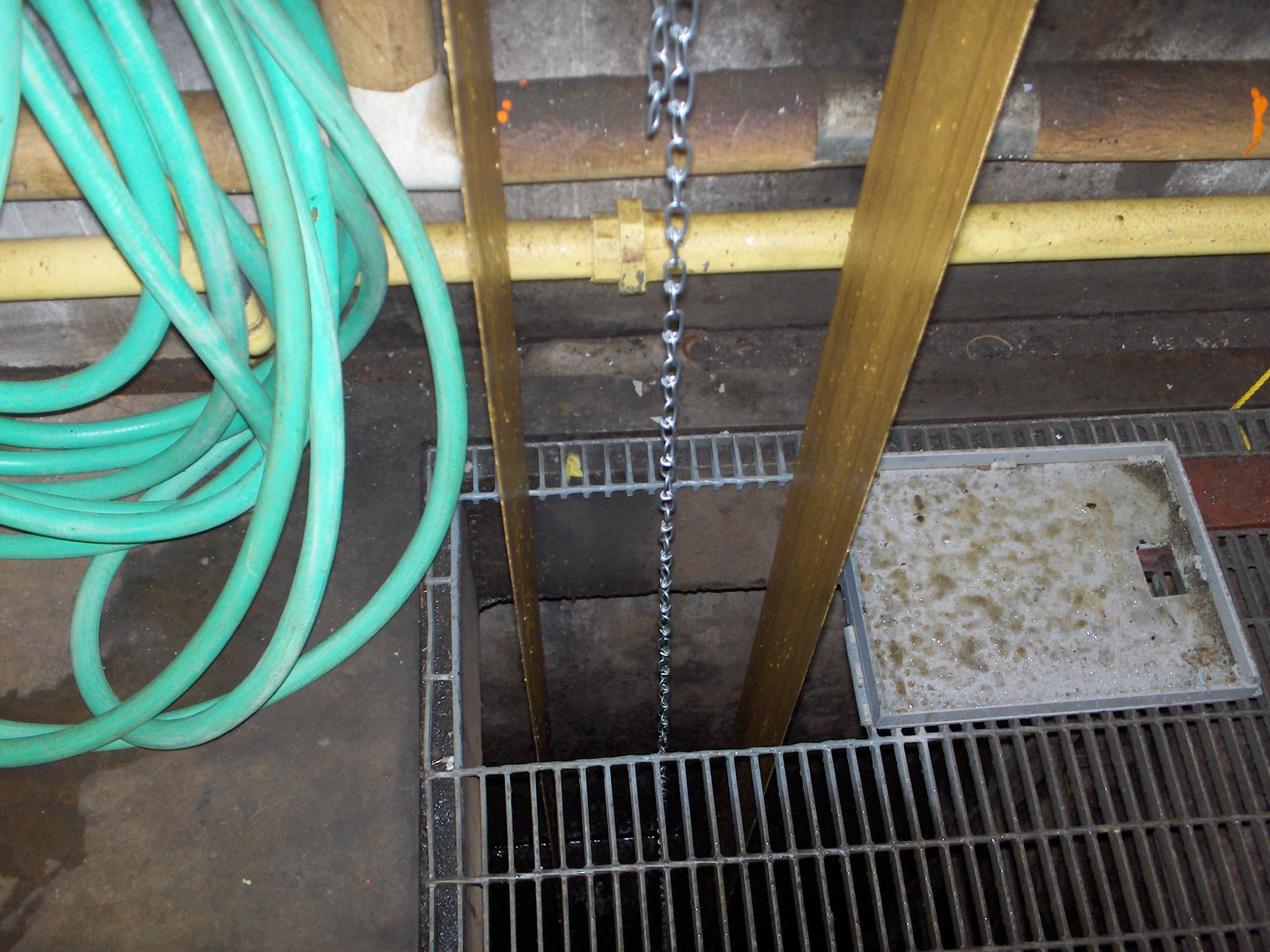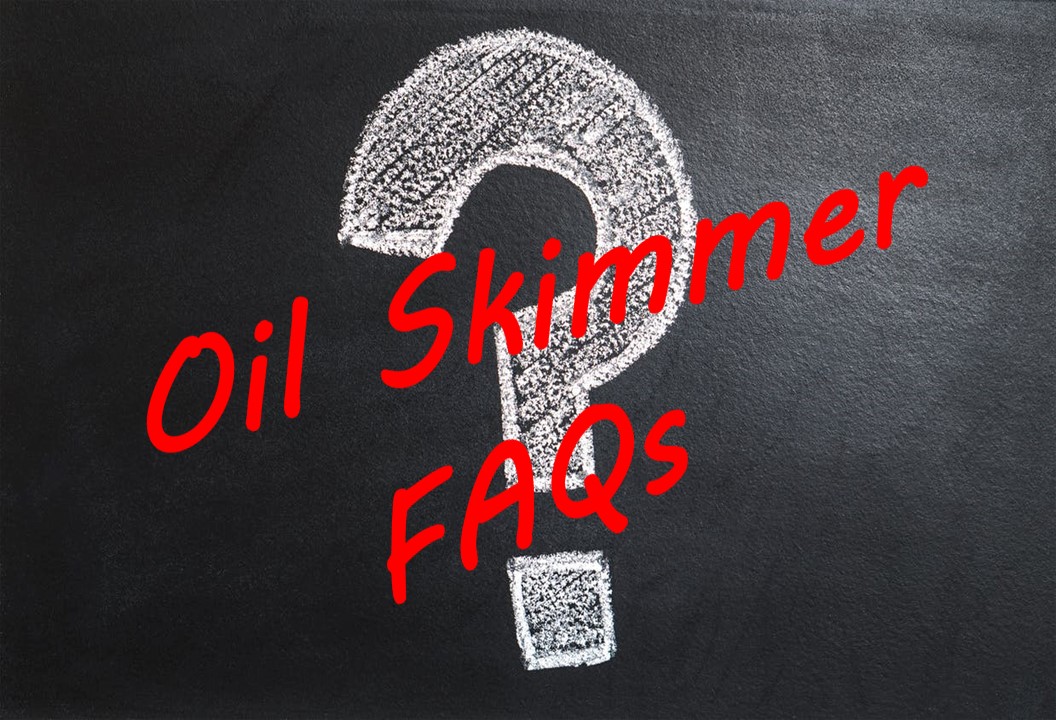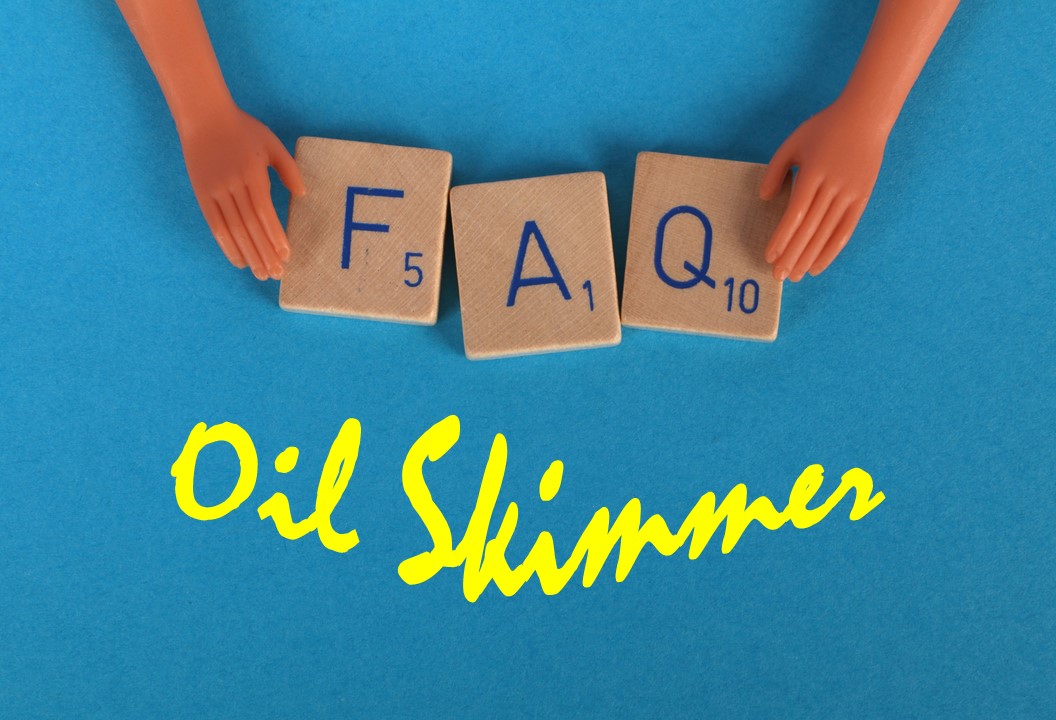A coolant skimmer is a machine that removes floating oil and grease from liquid. The floating oil adheres to skimming media, such as a belt, tube, or disk. The media then runs back to the machine to be wiped clean.
Coolant skimmers are simple, dependable and effective tools for removing oil, grease and other hydrocarbons from water and coolants. Often, a coolant skimmer by itself can achieve the desired level of water purity.
In more demanding situations, coolant skimming is a cost-effective means of removing most of the oil before using more complicated and costly treatments such as coalescers, membrane filters and chemical processes.
Coolants And Cutting Fluids
When machine coolants become contaminated with tramp oils, four things usually occur:
- coolant life is reduced;
- quality of machined parts is reduced;
- in many cases, a smoke will begin to appear in the shop, causing irritation to the workers on the job; and
- the fluid takes on a “rotten egg” odor.
Oil skimmers that remove tramp oils solve these problems and typically pay for themselves within a few months. Therefore, these are the coolant skimmers you should remember to extend the life of your coolant.
Oil Boss (New Generation Oil Skimmer)
Abanaki's Oil Boss is an innovative tool for keeping coolant free of oil. The patent-pending design allows for easy visual inspection of your coolant’s condition; and will also help extend tool and coolant life. It will decrease loss of production and maintenance time. And it will allow for easy cleaning of various sumps or tanks around any plant or shop due to its portability and magnetic base. The Oil Boss has a small footprint that reduces the amount of clutter and equipment on the shop floor.
Mighty Disk (Disk oil Skimmer)
Mighty Disk is the inexpensive way to remove unwanted tramp oils from coolants and parts washers, but with all the quality that you expect from Abanaki! Removes up to 1 ½ gallons of oil or more of medium weight oil per hour. Use it almost anywhere a flat surface is available for mounting. Weighs less than 10 pounds, installs in no time, and runs on 110v power.
TubeTastic (Tube Oil Skimmer)
The Abanaki TubeTastic! oil skimmer can be used on machining centers with little or no access to the coolant sump from above. This unit can skim oil from chip conveyors or even totally enclosed machining centers. The TubeTastic! can be easily mounted on the side of virtually any machining center coolant sump. By use of an existing opening or by making a small access cutout, the collector tube runs through the surface of the coolant and collects the unwanted oils. The oil then flows out the discharge tube into any waste oil container for easy disposal.
Mighty Mini (Belt Oil Skimmer)
The stainless steel Mighty Mini is a compact belt skimmer designed for parts washers and machine tool coolant sumps. With its large discharge trough and small operating space, the Mighty Mini fits almost anywhere. The stainless steel construction resists rust and corrosion in harsh environments. It is lightweight and requires minimal assembly. With its durable stainless steel construction, it is built to give long lasting performance. The removable trough makes cleanup fast and easy.
To learn more about oil skimmers, please contact our experts at 440-543-7400 or visit our website: www.abanaki.com
HOW TO TELL WHAT SKIMMER YOU NEED FOR YOUR MACHINE COOLANT
Have you ever looked at your coolant and wondered what type skimmer would work best in your machine sump? In this video, we talk about what oil skimmer works well in various coolant applications.


